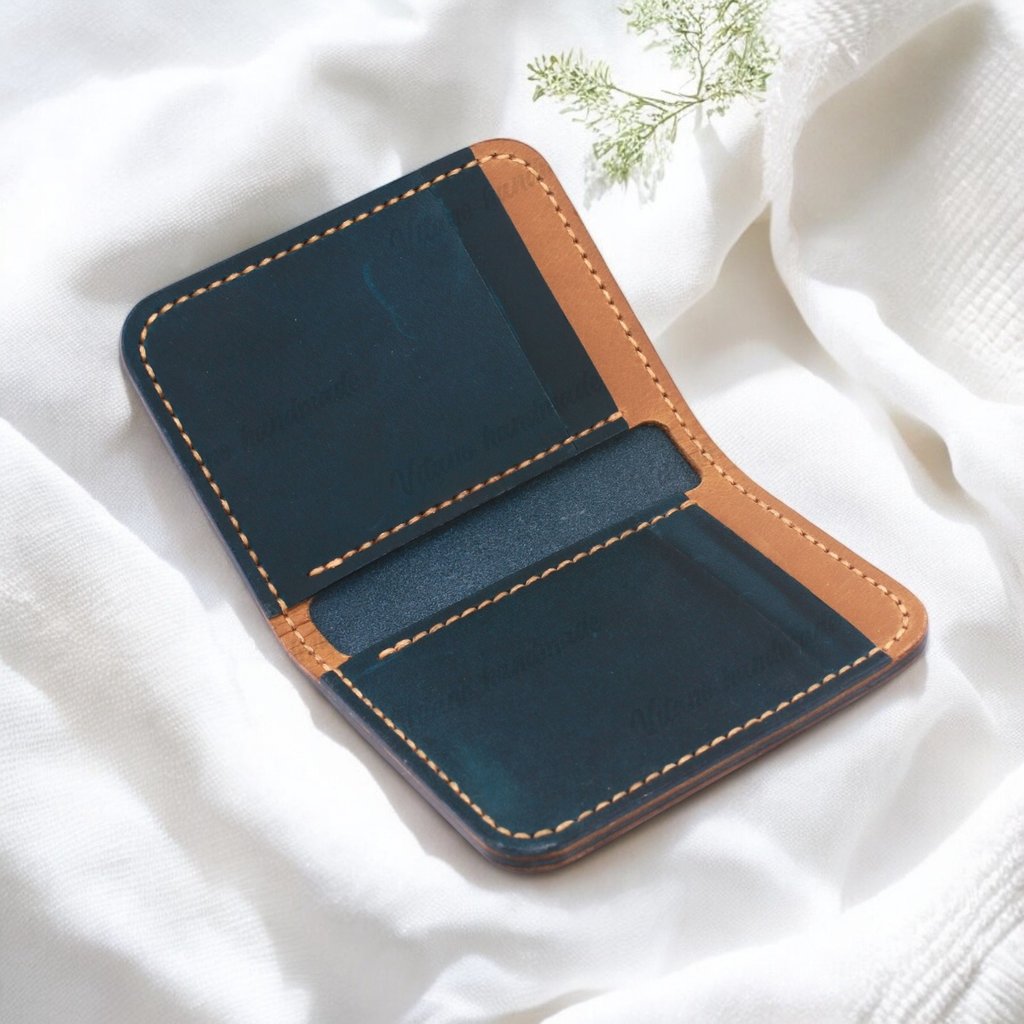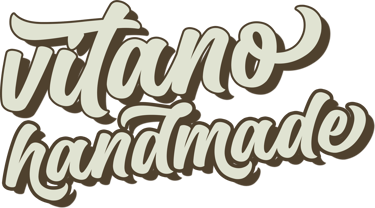The Timeless Art of Leather Tanning: A Journey Through History and Craftsmanship
History of the Craftsmanship
Vitano Handmade
5/16/20252 min read


The Timeless Art of Leather Tanning: A Journey Through History and Craftsmanship
Leather is more than just a material—it’s a testament to human ingenuity and tradition. For millennia, people have transformed raw animal hides into durable, beautiful leather through the art of tanning. This process has evolved from ancient survival techniques to a sophisticated global industry. Let’s dive into the rich history of leather tanning and discover how this craft has shaped civilizations.
1. The Dawn of Leather: Survival and Early Techniques
Long before modern tanneries, early humans relied on animal hides for warmth and protection. However, untreated skins would decay quickly, leading to the discovery of primitive preservation methods:
Brain Tanning: One of the oldest techniques, where hides were softened using animal brains (a method still practiced by some Indigenous cultures).
Smoke Curing: Hides were smoked over fires, infusing them with preservative chemicals from the burning wood.
Sun-Drying and Stretching: Simple yet effective, this method prevented immediate decomposition.
These early innovations laid the foundation for more advanced tanning processes.
2. Ancient Civilizations: The Birth of Vegetable Tanning
Around 3000 BCE, ancient Egyptians and Mesopotamians refined leatherworking, using plant-based tannins to create more durable leather. They discovered that soaking hides in solutions made from oak bark, mimosa, or pomegranate rinds prevented rotting and added flexibility.
Key Uses in Antiquity:
Egyptian sandals and armor
Roman military gear (shields, saddles, and sandals)
Parchment for scrolls and early books
Leather became a symbol of status and utility, traded across empires.
3. Medieval Tanneries: Guilds, Trade, and Innovation
During the Middle Ages, leather production became a specialized craft, with tanners forming powerful guilds across Europe. Tanneries were often located near rivers (for soaking hides) but far from towns due to the foul odors.
Notable Medieval Leather Goods:
✔ Armor and horse saddles (crucial for knights)
✔ Bookbindings for illuminated manuscripts
✔ Durable boots and belts for peasants and nobles alike
The Renaissance brought even finer leatherwork, with alum-tawed leather (a mineral-based method) producing soft, white leather for gloves and luxury garments.
4. The Industrial Revolution: A Game-Changer for Leather
The 19th century revolutionized tanning with two key breakthroughs:
Chrome Tanning (1858) – Using chromium salts, this method reduced tanning time from months to just a day, making leather production faster and more scalable.
Mechanized Tools – Steam-powered rollers and cutting machines allowed for mass production of shoes, bags, and upholstery.
Leather became more accessible, fueling fashion and industrial growth.
5. Modern Leather: Sustainability and the Future
Today, the leather industry faces new challenges and innovations:
Eco-Friendly Tanning – Vegetable tanning is making a comeback as consumers seek sustainable options.
Chrome-Free and Metal-Free Leather – Reducing environmental impact.
Lab-Grown Leather – Biofabricated leather promises cruelty-free and customizable alternatives.
Despite these advancements, traditional leather remains unmatched in durability and aesthetic appeal.
Why Leather Endures
From prehistoric hunters to modern fashion designers, leather has remained a symbol of resilience and craftsmanship. Its journey—from caves to couture—reflects humanity’s endless quest for innovation while honoring tradition.
What’s your favorite use of leather—vintage jackets, handcrafted bags, or timeless boots? Share your thoughts below!
Tags: #LeatherCraft #TanningHistory #SustainableFashion #ArtisanLeather #VintageStyle
